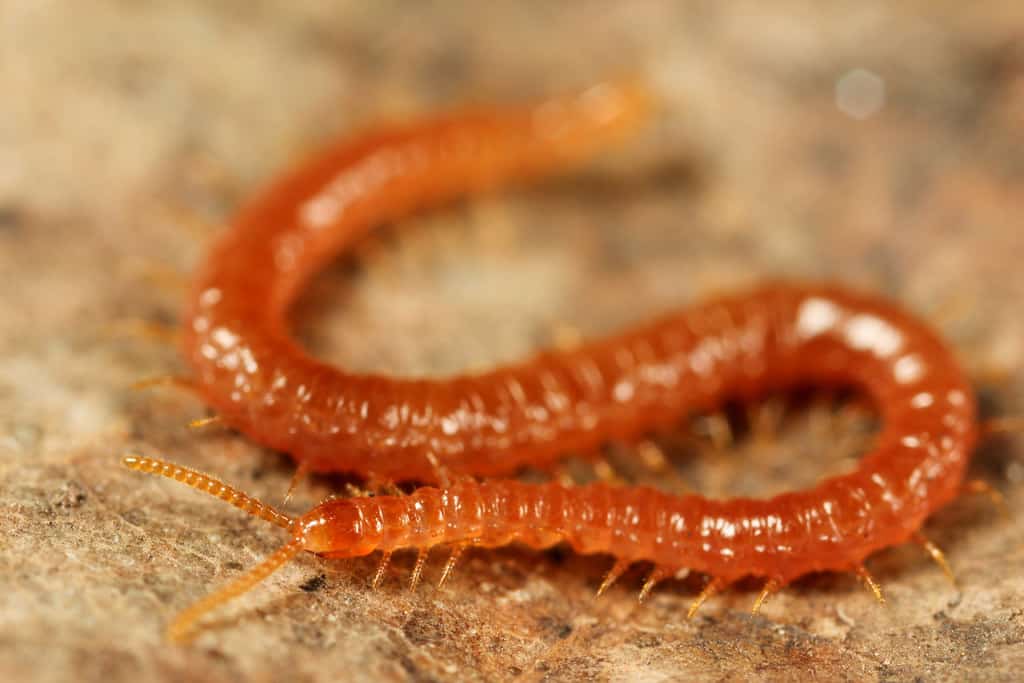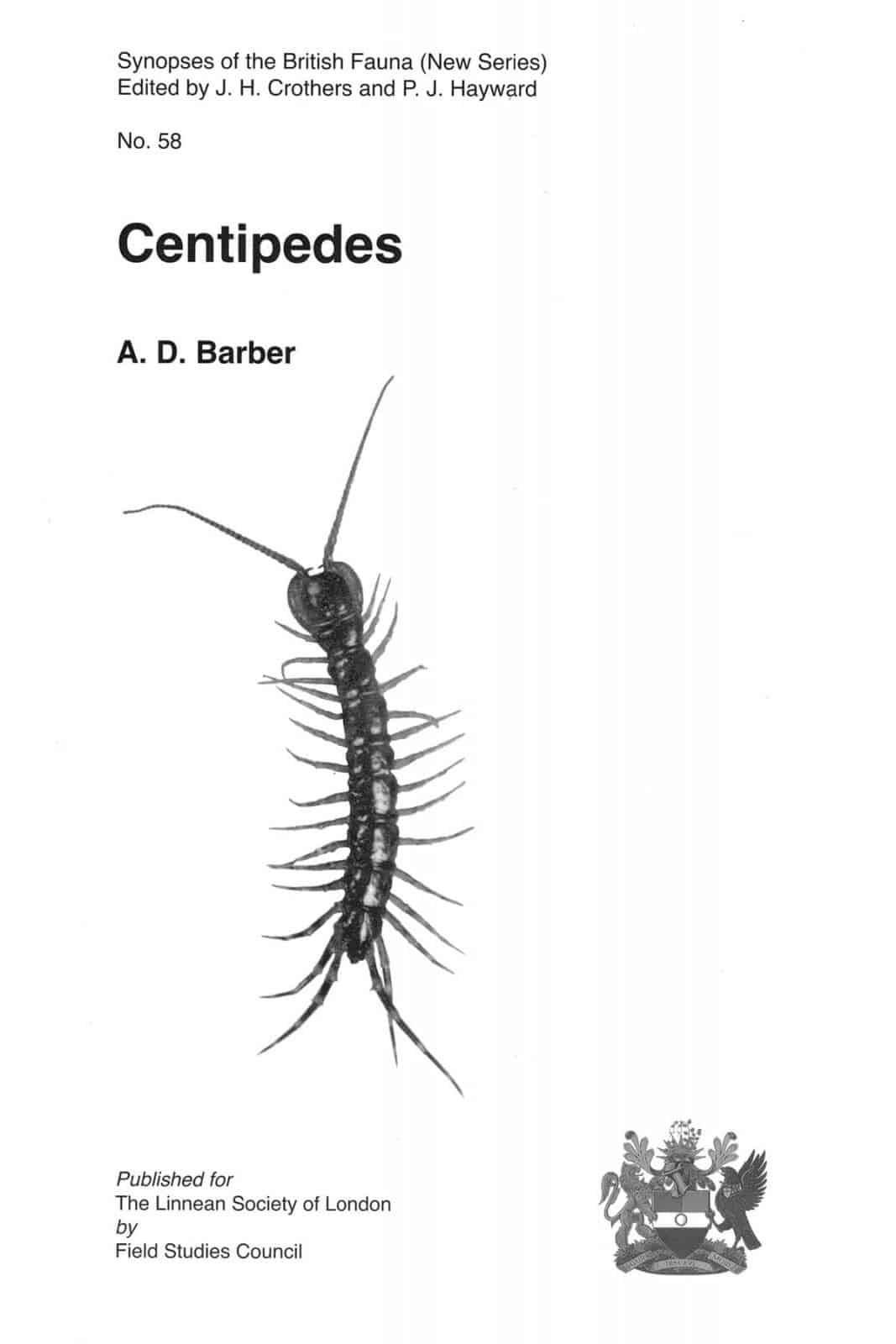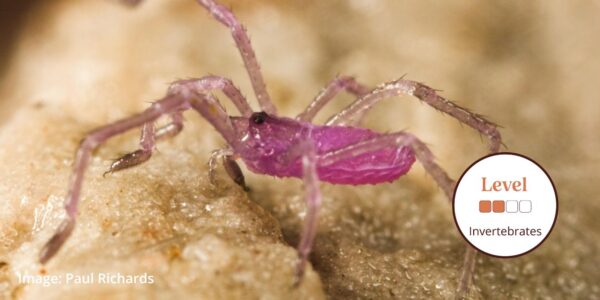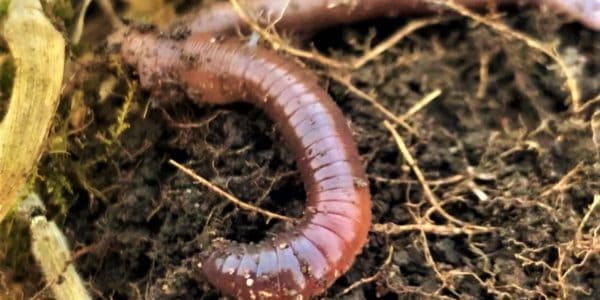Centipedes
The Centipedes Synopsis covers the entire British list. The guide include illustrated keys to the four orders and to 61 species. Also included are those species which only occur within heated buildings. Accompanying text provides detailed taxonomic notes on the 10 families and 18 genera.
Besides the insects, centipedes (Class Chilopoda) are some of the commonest larger arthropods of gardens, waste ground, woodland, grassland and moorland. Additionally several species occur almost exclusively on the sea shore, often intertidally. Overall these invertebrates are immediately recognisable by their large number of legs, borne one pair per segment, and by a pair of poison claws immediately under the head.
It is possible to identify a few species in the field. But other species should be collected for microscopic examination. Hand sorting under logs, stones and in leaf litter is useful. Many people use forceps to capture moving animals. Unfortunately standard pitfall trapping is not a particularly useful technique for centipedes. After collection, some specimen preparation is necessary, particularly to see certain diagnostic features.
Synopses of the British Fauna is a series of identification guides. Each volume in the series is a detailed account of a group of animals. They bridge the gap between standard field guides and more specialised monograph or treatise. Since 1993 the the Field Studies Council has published these guides on behalf of the Linnean Society.
These volumes are suitable for the lab or field. The editors aim to keep them as user friendly as possible, with technical terminology at a minimum and a glossary of terms. However the complexity of the subject matter makes the books more suitable for the more experienced practitioner.




